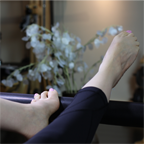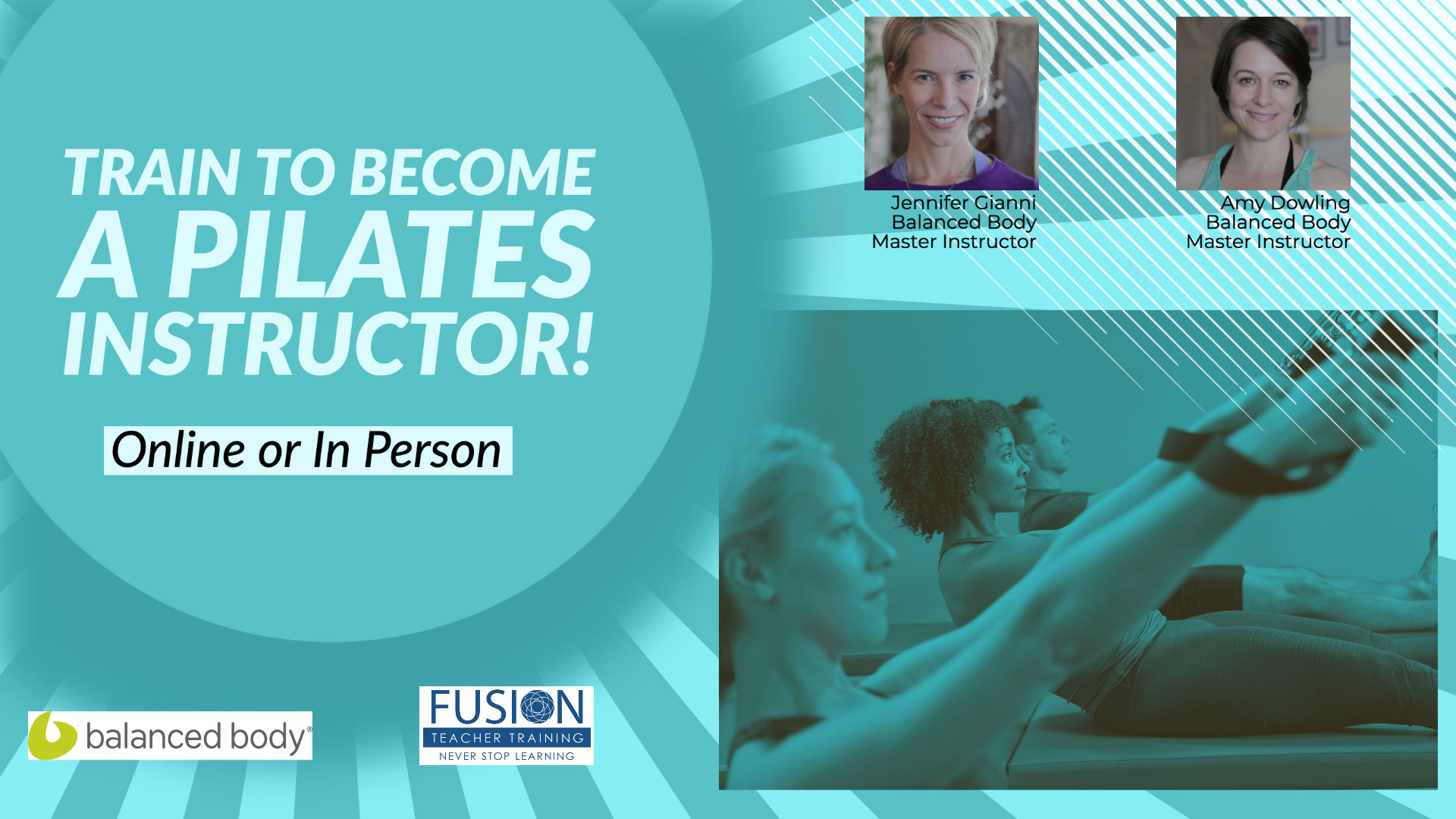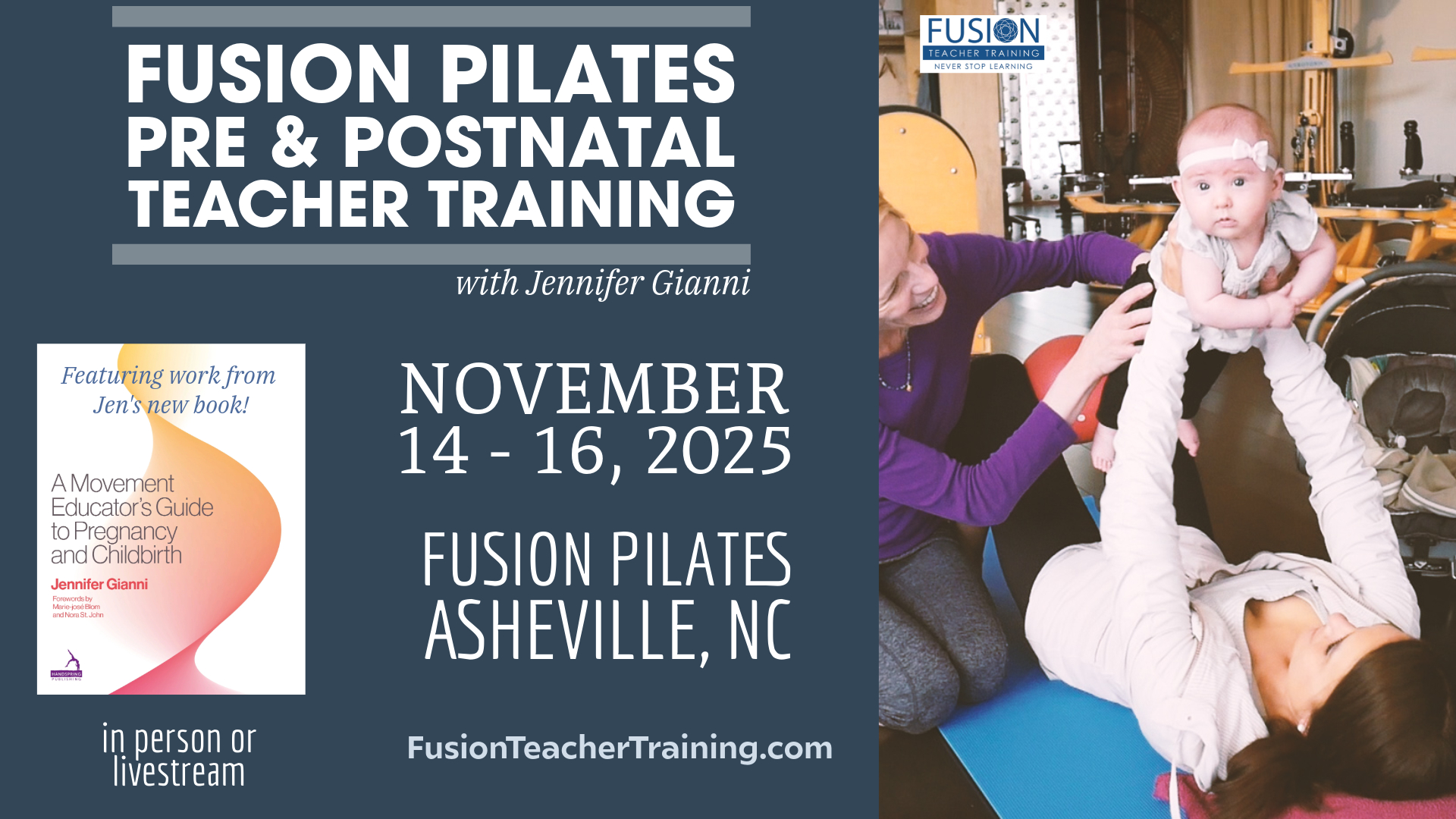 The Gluteus Maximus is one of the largest and strongest muscles of the body. It originates along the top of the pelvic bones in the back and attaches to the rear of the leg bone. Its primary function is to extend the hip (to move the thigh to the rear). This is the first of three muscles that form the Gluteals. The Gluteus Medius and Minimus are directly underneath the Gluteus Maximus. These other two Gluteal muscles originate in the same spot as the Maximus but attach to the side of the femur and therefore serve in abducting the leg (moving the leg away from the center line of the body). With this multilayered group of muscles, it’s important to do our glute strengthening and stretching in many different positions.
The Gluteus Maximus is one of the largest and strongest muscles of the body. It originates along the top of the pelvic bones in the back and attaches to the rear of the leg bone. Its primary function is to extend the hip (to move the thigh to the rear). This is the first of three muscles that form the Gluteals. The Gluteus Medius and Minimus are directly underneath the Gluteus Maximus. These other two Gluteal muscles originate in the same spot as the Maximus but attach to the side of the femur and therefore serve in abducting the leg (moving the leg away from the center line of the body). With this multilayered group of muscles, it’s important to do our glute strengthening and stretching in many different positions.
In this article we will focus on strengthening and sculpting the Gluteus Maximus in an all fours position (on hands and knees). This is one of the best working position to target this muscle.
Exercise: Leg Lift
• Start on the hands and knees.
• Have your hands right under the shoulders and the knees under the hips.
• Keep the back straight with equal weight on all four points (hands and knees).
• Inhale and reach the right leg back behind you with the toe on the floor.
• Exhale and lift the leg up from the top of the hip so the foot is in line with the hip at the top of the move.
• Make sure the four points have stayed even. The pelvis and/or shoulder girdle should not drop as the leg lifts.
• Hold for 2 to 4 breath cycles.
• On a slow exhale, lower the foot to the floor and slide the knee under the hip to return back to the starting position.
• After 2 to 4 reps on each side, rest back into Child’s Pose.
ADD ON: Leg Pulses
This is the same exercise as above, but once you have the leg lifted, slowly pulse the leg up a little above the hip and back down to the starting position (where the ankle and the hip are aligned).
• Inhale and lift the leg just a bit. Remember to keep the hips and shoulders square and still as the leg lifts.
• Exhale and lower the leg back to the starting position with the ankle and hip in line.
• Repeat 6 to 10 times on each leg and then rest in Child’s Pose.
If this feels like too much on the shoulders and/or lower back here’s how to modify it.
Modification for Shoulder and/or Lower Back Strain
• On all fours, bend the arms and lower the chest by placing the forearms on the floor with the hands laced.
• Focus the eyes on the floor in front of the hands.
• Keep pressing the elbows into the floor and keep the upper back wide.
• Inhale and stretch the right leg out behind you with the toe on the floor.
• Exhale and lift the straight leg up so the ankle lines up with the hip.
• Bend the knee so the bottom of the foot faces the ceiling.
• This bent knee (as opposed to the long leg) will decrease the pressure and strain on the lower back.
• You can hold the bent knee position at the top for a few breath cycles or add slow pulses.
Adding the Pulses with the Bent Knee
• Again keep these very small and slow.
• Inhale and lift the leg while pressing the bottom of the foot to the ceiling.
• Exhale and bring the knee back in line with the hip.
• Repeat 6 to 10 times on each leg.
• Between sides and after both legs, rest in Child’s Pose.
Exercise: Hamstring Curls
To sculpt and for a bit more of a challenge, try this exercise.
• After the 6 to 10 slow pulses of either the long leg or the bent knee, add a super slow hamstring curl.
• Remember to keep the shoulders wide and the pelvis square to the floor.
• Begin from your bent knee position with the sole of the foot to the ceiling.
• Inhale and lengthen the leg.
• Exhale and slowly bend the knee bringing the leg back into the starting position.
• Imagine that you are pushing through water as you extend and bend the knee.
• Throughout the whole exercise, keep the knee in line with the hip as you extend and bend it.
• Do 4 to 6 on each side.
• Rest in Child’s Pose between sides or after working both legs.
~ by Jennifer Gianni
Did you find this article helpful? Let us know!




Leave A Reply (3 comments So Far)
Please - comments only. All Pilates questions should be asked in the Forum. All support questions should be asked at Support.
You must be logged in to post a comment.
There are no instructions on how to do the exercise.
Another modification that helped my client with shoulder issues was to prop her forearms up on a box so that her shoulders stayed level with her hips. It relieved compression in her shoulder girdle.
Hi Kim – looks like there was a glitch in this post – you should be able to view now. sorry about that!